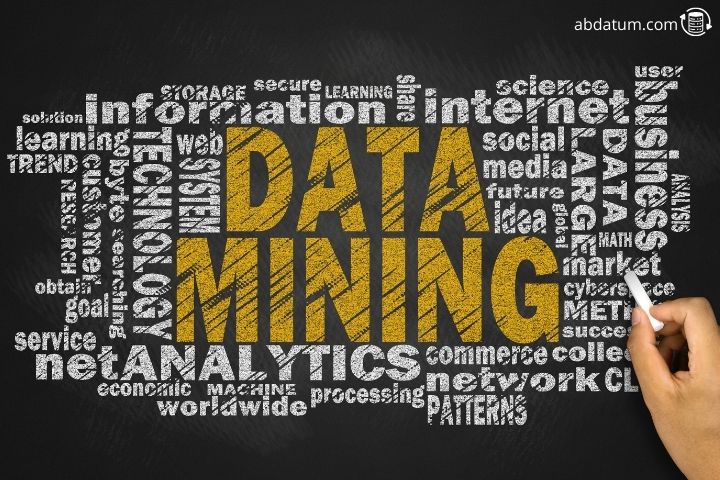Data mining algorithms

Data mining is a field of statistics that applies different methods and strategies with the aim of finding patterns in large amounts of data.
To achieve this, it uses methodologies of statistics, computing, data science or programming. In this article we tell you 9 algorithms and techniques most used in the data mining or data mining to find the relevant information hidden within the data.
Data Cleaning
Data cleaning is one of the fundamental parts of any data science or data mining procedure. The information often comes from different sources and many of them are unreliable. Therefore, this type of methodology has the sole objective of cleaning the information.
Some of the techniques used at this point are the detection of outliers, filling in missing data or eliminating redundant data. Once the data has been cleaned, it can be prepared to be used by statistical algorithms.
Feature engineering
Once the information has been cleaned, it needs to be transformed to fit the type of algorithm that we are going to use. In many cases it is important to normalize them, that is, make all the data on the same numerical scale.
At this point we can also create new features by combining pre-existing features or applying dimension reduction algorithms such as PCA. (Main Component Analysis).
Finally, the data is now prepared to be used in one of the following data mining algorithms.
Decision trees
The decision trees They are a type of supervised algorithm that generates different decisions in a hierarchical manner by dividing the data into subsets according to their characteristics. This type of model machine learning It can be used for both classification and regression problems.
Random forest
I have random forest or random forest is an algorithm that belongs to the assembly methods ( assembly methods ), more specifically to the method of bagging. These models create different predictors using the decision trees that we have seen previously.
In this way, instead of using a single decision tree to classify or obtain a regression value, several trees are used (hence the name forest) and a vote is done. The result with the most votes wins.
Thanks to this methodology, much more precise results are obtained in addition to avoiding some problems that decision trees bring, such as overfitting or overfitting of the model .
Support vector machines
Support vector machines are an algorithm widely used in classification problems (although they are also used for regression) within machine learning and data mining.
This method aims to find a hyperplane that separates the different categories. In this way, when we have a new point, depending on the area where it falls we will see if it belongs to one class or another.
Clustering techniques
Clustering techniques belong to the group of unsupervised autonomous learning models since they do not need training data. Clustering or grouping techniques consist of joining dataset points into groups where their characteristics are similar.
They are widely used, for example, in marketing to group and segment by type of customer. This way you can better personalize the advertising you will do for each one. Clustering is undoubtedly one of the most used techniques in data mining.
Naïve Bayes
The Naive Bayes data mining method bases its predictions on the famous Bayes theorem. It is a classifier that assumes the independence or non-correlation of the characteristics.
It works very well where the features are completely independent. Furthermore, it can also be very effective in multiclass problems.
K-nearest neighbors
K-nearest neighbors is a supervised instance-based data mining algorithm.
It is a very simple model whose objective is to find the points in the dataset that are closest to the point we want to predict and classify said point based on the majority of points that surround it.
Neural Networks
Neural networks are currently the most popular algorithms in artificial intelligence and data engineering. These models make use of a network of neurons and connections that mimic the functionality of the neurons in our nervous system.
The training data passes through the complex architecture of neurons and connections and once it reaches the end it compares the result with the training data.
At this point it constructs an error or cost function that allows the network to optimize its parameters using what is known as backpropagation. In this way, very precise results and powerful data analysis models are achieved.
If you want to know more you can visit our article on neural networks.

